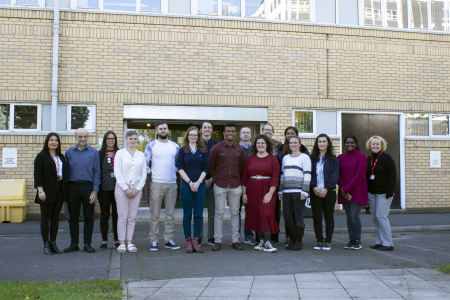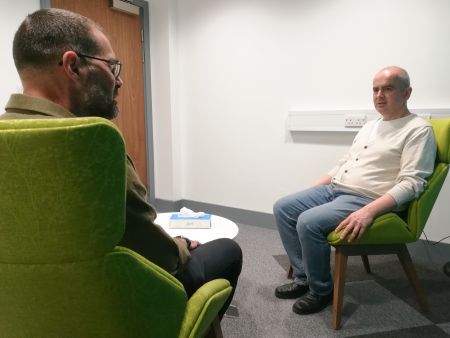
Killer Breivik ‘created fantasy world in which he was hero’
Friday 4 November 2016
Norwegian mass shooter Anders Breivik was a narcissist who created a fantasy world with himself as the hero, according to psychologists who have researched his life.
Dr Clare Allely, from the University of Salford, and Psychologist Dr Lino Faccini, have developed the theory after studying detailed assessments of the far-right terrorist as well as the killer’s own self-published manifesto.
Breivik was sentenced to 21 years in prison after killing 77 people when he bombed government buildings in Oslo and subsequently went on a shooting spree at a summer camp on the island of Utøya in 2011.
Writing in the US-based Journal of Aggression and Violent Behaviour, the researchers suggest that ‘narcissistic decompensation’ lay behind Breivik’s belief that he was waging a personal and political war.
A decompensation occurs when someone with a narcissistic personal disorder – a condition with which Breivik has previously been diagnosed – suffers from a major injury to their self-esteem.
Narcissists 'isolate themselves from harsh realities'
Dr Allely explained: “People with narcissistic personality disorders crave the admiration of others and have an inflated sense of their own importance, and when they experience a decompensation they try to isolate themselves from the harsh reality that they are not the great power they believe themselves to be.
“They become severely depressed and in some cases go on to rewrite their own life story, creating a fantasy in which they are the hero. They can also become incredibly paranoid, attributing their decline to a conspiracy.”
She said that during his late 20s, Breivik experienced a series of set-backs, such as being rejected by the gaming and political circles he wanted to be part of, finding it difficult to date women and failing in both legal and criminal attempts at becoming a millionaire.
In their paper, Faccini and Allely believe that Breivik’s decompensation began at the age of 27 when he was forced to move back in with his mother, avoided socialising, spent up to 17 hours a day playing video games and took on a grubby appearance.
But in writings from this time, he began claiming that he was a member of one of the toughest gangs in Oslo, was a prominent graffiti artist and was a high ranking Freemason – all of which have not been proven.
Obsession with immigration conspiracy
He also became fixated with the idea that there was a conspiracy among Islamic immigrants to take over Europe, and in his manifesto 2083: A European Declaration of Independence he began to see himself as the revolutionary leader of a fight against these conspiracies.
Dr Allely said: “The fantasy which Breivik created around himself put him on a course which led him towards carrying out his attacks, firstly by reaching a point in which he believed violence was the only solution and then through actually planning the attacks mentally and physically.
“In later stages he conducted interviews with himself, wrote a note to himself before planting the bomb, placed photographs of himself online carrying weapons and dressed as a Freemason and hired a company to clear his online profiles after the attack.”
Gaps in our understanding of mass shooters
Writing about the research in an article in The Conversation, Dr Allely went on: “There are significant gaps in our understanding of how mass shooters develop. In the case of Breivik, there were several other things that could have contributed to his violent acts. He had a difficult relationship with his mother and his father was absent.
“Breivik wanted to be a millionaire – and seemed not to care whether this was by legitimate or criminal means. He had his sexual identity questioned, had difficulties dating and had apparently abandoned his pursuit of the ‘ideal woman’. He was rejected by his peers in elite gaming circles, as well as the political elite who he saw as not sharing his views – despite his plight to ‘save’ Europe. His life experiences up until the day of the shooting can be summed up as a litany of failed attempts to gain positions of status and power, acceptance and admiration from others.
“The pathway to violence – and the factors that drive some to become mass shooters – require urgent, detailed investigation. If we can identify early patterns of behaviour that can be recognised and flagged up, we could potentially predict those individuals which are at an increased risk of committing extremely violent acts.
“Given the higher prevalence of narcissistic traits and autism spectrum disorder (including Asperger’s) found in mass shooters, the overlap between these two requires further analysis across a wider pool of subjects. It could very well be that the co-occurrence of both autism and narcissism is a particularly explosive combination.
“In the aftermath of mass shootings, the question is always asked ‘could it have been prevented’? Psychological analysis is just one way we can recognise the warning signs, and stop these atrocities before they ever begin.”





